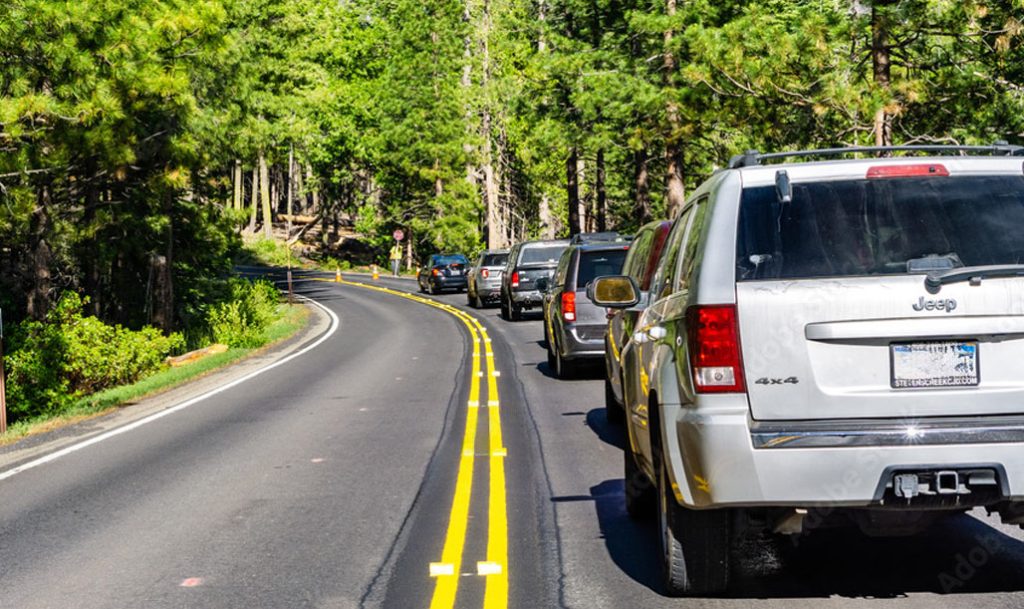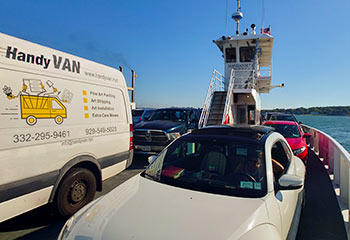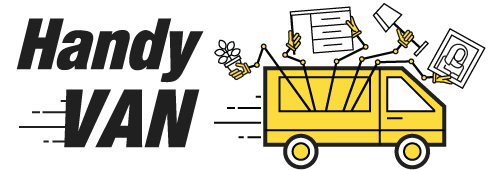
The Hamptons “Trade Parade”: What It Is, When It Hits, and How We Route Around It
On most weekdays, a surge of trade and service vehicles heads eastbound in the morning and westbound in the afternoon across the South Fork. Locals call it the “Trade Parade.” It’s real, it’s predictable, and we plan our small-move and art-delivery schedules to dodge the worst of it.What Is the Hamptons Trade Parade?
The phrase refers to the weekday convoy of construction, service, and delivery vehicles commuting to jobs on the South Fork—east in the early morning, west in late afternoon. The term has been part of local vocabulary for decades, appearing in regional news and town transportation studies. A Southampton Town report defines it as the reverse commute east in the morning and west in the evening, driven by housing and job-location gaps.When Does It Peak?
- Morning: typically 5:30 – 9:30 a.m. along County Road 39 and the Shinnecock Canal corridor.
- Afternoon: westbound congestion builds 3 – 7 p.m. as crews return home.
- Summer: backups can stretch from Hampton Bays toward Amagansett between 6:30 – 9 a.m.
Where Are the Choke Points?
Key slow zones include Sunrise Hwy / NY-27 → County Road 39 → Montauk Highway, especially near the Shinnecock Canal and Southampton Village. Nearby arterials like Hill Street or County Road 80 sometimes use turn restrictions to keep flow moving.Why It Happens
- Jobs on the South Fork, housing farther west. Many workers travel 30–40 miles daily, leaving before dawn.
- Seasonal surge. Construction and service demand spike in summer, stretching the rush period.
What’s Being Done
- Canoe Place Traffic Program: adjusts signals and lanes 5:30–9:30 a.m. on weekdays in season.
- South Fork Commuter Connection (SFCC): early-morning LIRR trains and shuttles reduce vehicle load.
HandyVan’s Approach: Planning Moves Around the Trade Parade
We specialize in flat-rate small moves, art delivery, and professional on-site installations across the East End and NYC. Our scheduling actively avoids the trade-parade window:- Eastbound mornings: cross early (before 5:30 a.m.) or arrive after 9:45 a.m.
- Westbound afternoons: clear Southampton/East Hampton before 3 p.m. or return later in the evening.
- Route selection: use alternative approaches to bypass CR-39/Montauk Hwy bottlenecks.
- Sprinter efficiency: our Mercedes Sprinter vans handle fragile art or furnishings with smoother rides than box trucks.
- One-trip private loads: no transfers, no shared runs, minimal time lost in peak congestion.
Using Ferries to Avoid the Trade Parade
Another practical way to bypass the worst Hamptons traffic is by using the ferry routes that connect Long Island’s North Fork and New England. For early-morning or mid-day moves, these crossings can help us avoid Route 27 and County Road 39 congestion entirely.
- Cross Sound Ferry – Orient Point ↔ New London: Often the best option for Hamptons ↔ Connecticut or return trips to the NYC area. It allows us to bypass the westbound logjam on the Long Island Expressway (I-495) and I-95, while completely skipping the Route 27 corridor through Southampton.
- North Ferry – Greenport ↔ Shelter Island: A scenic, quick crossing that connects the North Fork and Shelter Island, often saving time during heavy summer traffic.
- South Ferry – Shelter Island ↔ North Haven: Lets us access East Hampton and Sag Harbor while avoiding much of the central Route 27 congestion.
Practical Tips for Residents, Designers & Galleries
- Book off-peak slots: eastbound after 9:45 a.m., westbound before 3 p.m.
- Mind turn restrictions: some village roads alter patterns during rush hours.
- Coordinate via SFCC: use the commuter train/shuttle schedule for multi-party job timing.
